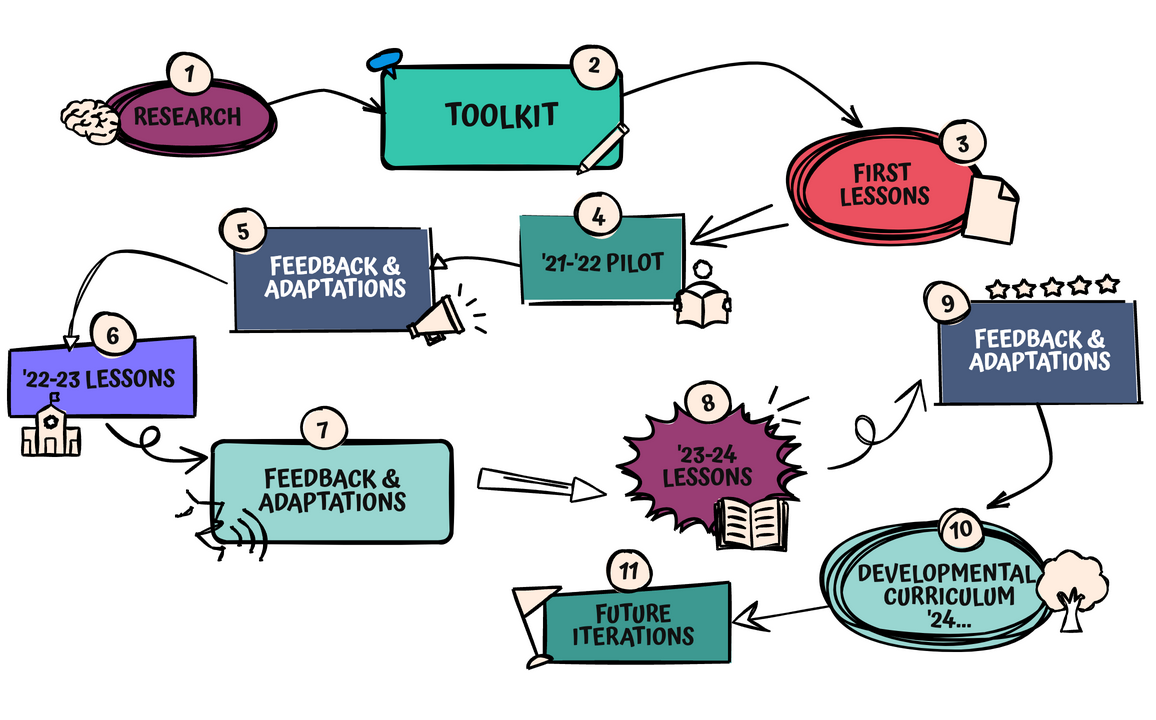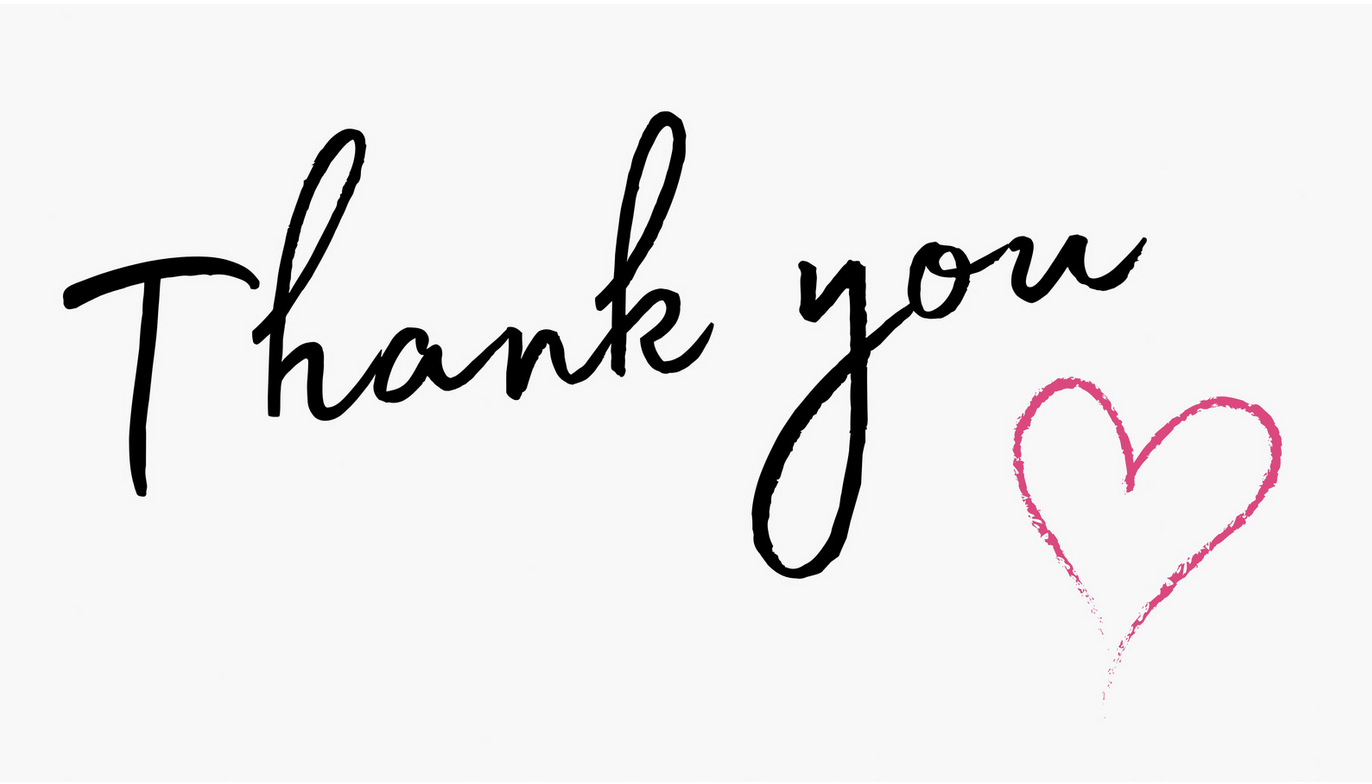History of the lesson plans
Lesson Development Process
Step 1: Research
Decades of research are behind the concepts and frameworks that guide these lessons. Researchers at The Good Project interviewed nearly 2,000 professionals in a variety of fields. They found that when someone was doing “good work” in their profession, there were key markers to their approach. The way they considered their work and their role in the context of society, the bar they set for themselves and others, the culture of their field and how they contributed to that atmosphere—these are all examples of the factors that led professionals to do “good work,” or not.
Step 2: Toolkit
The GoodWork Toolkit was a set of materials developed in 2007 based on the initial Good Project research in order to engage individuals and groups in reflection and conversation about good work. The Toolkit consisted of a flexible set of narratives and activities, including vignettes of individuals who struggled to carry out good work, and accompanying questions and activities. The Toolkit was not a prescribed curriculum; it was called a “toolkit,” because it contained a variety of “tools” that were meant to be used in a number of combinations and were meant to be adaptable to a variety of contexts. Facilitators were free to pick and choose and adapt the included dilemmas and activities to best suit their goals and needs. Overall, the Toolkit included 40 dilemmas inspired by true events and 30 exercises meant to inspire reflection about good work.
Step 3: First Lesson Plans
The Toolkit was used around the world by hundreds of educators. However, The Good Project continued to receive feedback from educators that it would be helpful to have a set of lesson plans that outlined the scope and sequence of how to implement the activities in the Toolkit in order to “teach good work.” It was in response to this feedback that The Good Project team began the development of the first sequence of lesson plans in 2019. To make sure that the lesson plans were informed by educators in the field, throughout their development, the lesson plans were sent out to several educators within The Good Project’s educator network who offered feedback on their design as well as their implementation.
Step 4: 2021-2022 Pilot Research
In 2021, these initial lessons were piloted in a virtual community of practice via a private Facebook group with fifteen schools based in the United States and Mexico. As the COVID-19 pandemic was still prevalent at the time, participation varied throughout the pilot. Some schools were able to be more engaged, while others found they needed to place their focus elsewhere given the needs of their students post-lockdown.
Step 5: Feedback & Adaptations
Pilot teachers taught the lessons to their students, and both teachers and students completed surveys offering feedback throughout the pilot. To read about some of this feedback, visit this link. Subsequently, The Good Project received a three-year grant from the John Templeton Foundation to further develop these lesson plans and the associated community of practice. The feedback received from from the pilot teachers was incorporated into the first year of lessons developed for the three year research project, which began in 2022.
Step 6: 2022-2023 Lesson Plan Implementation
During the 2022-2023 academic year The Good Project launched the first year of the John Templeton Foundation-funded “Good Project Lesson Plans” project, which included fifty teachers from around the world in an online community of practice via Slack who were committed to teaching the sixteen lesson plans that had been developed at that point. Teachers also attended monthly online meetings as a community to discuss pedagogy and ideas surrounding Good Project ideas; they also discussed their work together on Slack, providing examples regarding implementation and adaptations of the curriculum across the world.
Step 7: Feedback & Adaptations
Again, teachers and students filled both filled out surveys across the course of the year that provided feedback regarding the lesson plans. In particular, during the 2022-2023 school year, teachers and students also filled out “mini-surveys” after each lesson that gave specific feedback about the implementation of that day’s lesson and suggestions for improvement.
Step 8: 2023-2024 Lesson Plan Implementation
The feedback from the teachers and students from the 2022-2023 lessons was used to adapt the lesson plans, resulting in an updated, 29 lesson curriculum for the 2023-2024 academic year. A main concern of students and teachers during the previous year had been lack of time and the desire for additional time to dig deeper into discussions. Accordingly, many of the original lessons were broken into two in order to provide for this additional discussion time. Teachers had also asked for the addition of “Exit Tickets” in order to assess student learning. Based on feedback, homework assignments were removed and instead were added as “Possible Enrichment” activities left to the discretion of the teacher.
During the 2023-2024 school year The Good Project’s community of practice also expanded from 50 to approximately 100 global teachers engaging in the lessons and meeting monthly for both community of practice meetings led by “champion” teachers from the community itself, as well as monthly professional development sessions led by project staff focused on key concepts. Given that completing 16 lessons during the 2022-2023 school year was difficult for many teachers, The Good Project team realized that 29 lessons would not be feasible for most teachers during a single school year. Accordingly, “key lessons” were starred throughout the curriculum as the ones that were deemed “most important” should teachers only be able to teach 14-16 lessons during the year.
Step 9: Additional Feedback & Adaptations
As before, teachers and students completed surveys throughout the school year, providing feedback on the lessons. Instead of completing “mini-surveys” during the 2023-2024 academic year, teachers and students also completed small focus groups in which they provided additional feedback on the implementation of the lesson plans, including what they most liked about the lessons and what they would change.
Step 10: Developmental Curriculum
Based on the feedback received from the 2023-2024 surveys and focus groups, as well as prior feedback, The Good Project team decided to create a developmental curriculum of lesson plans spanning 9th through 12th grade. This would allow the 29 lessons of the former year-long curriculum to be more appropriately broken up between two years and would also respond to comments from teachers who desired a whole-school model of the curriculum. As described on the “Overview” page, The Good Project Developmental Series draws upon The Good Project’s “Good Person, Good Worker, Good Citizen” framework, focusing on the development of the self in 9th grade (“Good Person”), the development of understanding oneself in relation to future work in 10th grade (“Good Worker”), and the development of understanding oneself in relation to one’s communities in 11th grade (“Good Citizen”). 12th grade serves as a capstone project where students can pull their understandings from these previous years together in a project.
In addition to the developmental curriculum, a year-long curriculum of the “Key Lessons” described above, now referred to as “The Good Project Foundations”, also remains accessible to those who are interested in implementing these lessons in one year only.
Step 11: Future Iterations
While the research portion of this work ends in 2025, The Good Project’s dedication to continuing the community of practice oriented around these lesson plans does not. These lesson plans are meant to be flexible, living documents that respond to the needs of the educators and students they serve. As The Good Project learns more from the expert teachers who are using and teaching these various lesson plans across a variety of contexts and countries across the globe, new iterations are sure to emerge in the future.
THANK YOU
We at The Good Project cannot thank enough the hundreds of educators and thousands of students who have contributed to the development of these lesson plans. Without their input, the lesson plans would not exist. As you move through the lesson plans, you will see the comments of educators from the community of practice and see the examples of their students’ work. These teachers and students are the true experts behind this work, and we appreciate all they have done to make these lessons a reality.


